On May 1st, it was finally time to head to Greece for an amazing field trip around the mainland and the island of Peloponnese! The trip was part of a course that I took last semester on the cultural connections from South Scandinavia to Greece in prehistory, culminating in this field trip for nine days of learning by exploring.
We arrived in Athens at 4 PM and headed straight towards Delphi, the first stop on our itinerary. I’ve been to Delphi before back in 2013 on another field trip with my high school class, where I was blown away by the beauty of the place, so I was really excited to revisit Delphi, which I consider one of the most spectacular places in the country.

Delphi is one of those places that you simply cannot miss when in Athens, as its only a 2,5-hour drive each way, which makes it a perfect day or weekend trip.
Delphi is one of four major cultural centers in Ancient Greece, famous for being the seat of Pythia, the Oracle of Delphi who prophesied sitting on a three-legged stool in the navel of the world, which Delphi was once considered to be.
We stayed at a hotel in the center of the small village, which is located on top of the ancient village and a few hundred meters from the still-standing ancient sites of Delphi. The evening was spent drinking cold beers at the hotel, enjoying our first day in the Greek heat.



The next day, we got up with the sun, ready for a morning of explorations in Delphi. We started the day off by climbing the south-western slope of Mount Parnassus to the Sanctuary of Apollo, stopping at many spots on the way up to learn about the ancient monuments. The views over the valley of Phocis and the mountainous backdrop were just as spectacular as I had remembered, and looking back at my photos from 2013, I can definitely see that I’ve improved my photography skills (still using the same camera!).
On the way to the top, we came by several impressive monuments such as the Omphalos which is the navel of the Ancient Greek world and the reconstructed Athenian Treasury which once held the Sphinz of Naxos, now on view in the museum. We also came by the Polygonal Wall, a remaining wall from the terrace of the second Temple of Apollo from 548 BC. Above the temple stands the well-preserved theatre from the 4th century BC, where plays were held during the Pythian Festival. The last monument that we came to was the stadium, which is the best preserved of its kind in Greece.





Next up was the ancient gymnasium, which I don’t recall seeing back in 2013. The gymnasium is a series of buildings in two levels; a stoa on the upper level and a palaestra, pools and baths on the lower levels. According to ancient writings, the pools and baths were said to have magical powers, including giving the ability to communicate with Apollo.


The last thing on the itinerary in Delphi was a visit to the museum, which I’d also been to in 2013. I’m more of a stone age person, so it didn’t interest me as much as it probably should have, but it was exciting to see some of the ancient monuments found at the site.

After exploring Delphi, we were off on a four-hour bus ride to the place that I’d been most excited for on this trip – Meteora!
Meteroa is a famous location in Central Greece near the town of Kalambaka, surrounded by the Pindos Mountains. The place joined the UNESCO World Heritage List in 1998 because of its unique natural and cultural landscape.
Meteora is a rock formation of almost inaccessible sandstone peaks, where monks settled in the 9th century and onwards. In the 14th century, the monks responded to the emerging Ottoman empire by building one of the largest complexes of orthodox monasteries in the world on top of the peaks, some as high as 550 meters above sea level. At that time, the monasteries were only accessible by using long ladders or large nets and rope to pull people and goods up and down. 24 monasteries were built, but today there are only six remaining, which are accessible by stairs that were built in 1920 due to increasing tourism in the area. It’s easy to imagine how lonely life must have been in these monasteries, where getting up and down could be fatal and therefore didn’t happen often.

Immediately when we first saw the first cliff formations, everyone stood up in the bus to take pictures out of the window. Meteora really is something special!
We arrived an hour earlier than what we’d planned for, so we had time to visit a monastery. The teachers chose to drive to the Holy Monastery of Saint Nicholas of Anapafsas, which is the first monastery that you encounter on the way up to Meteora. The monastery is built on an 80 meters high rock with 200-and-something steps, which we had to climb in order to enter it. It was a steep climb but it was all worth it, first of all because of the incredible views from the top, but also because of the interesting interior architecture with walls covered in colourful Byzantine paintings.


Since we were there early, we wanted to explore another monastery as well. We drove to Megalo Meteoron, which is the biggest and oldest monastery in Meteora with just three monks living there today, but unfortunately it was just about to close. Right next to it stands the Varlaam Monastery, which is the second largest monastery with seven monks living there (which in these times is a large number), so we decided to go there instead as we had been told it would first close an hour later. Unfortunately, we were misinformed and we weren’t able to go in. But we decided to still spend some time there, as the area is too beautiful to rush through and away from. So instead, some of us decided to climb a column to get some great views of the area.
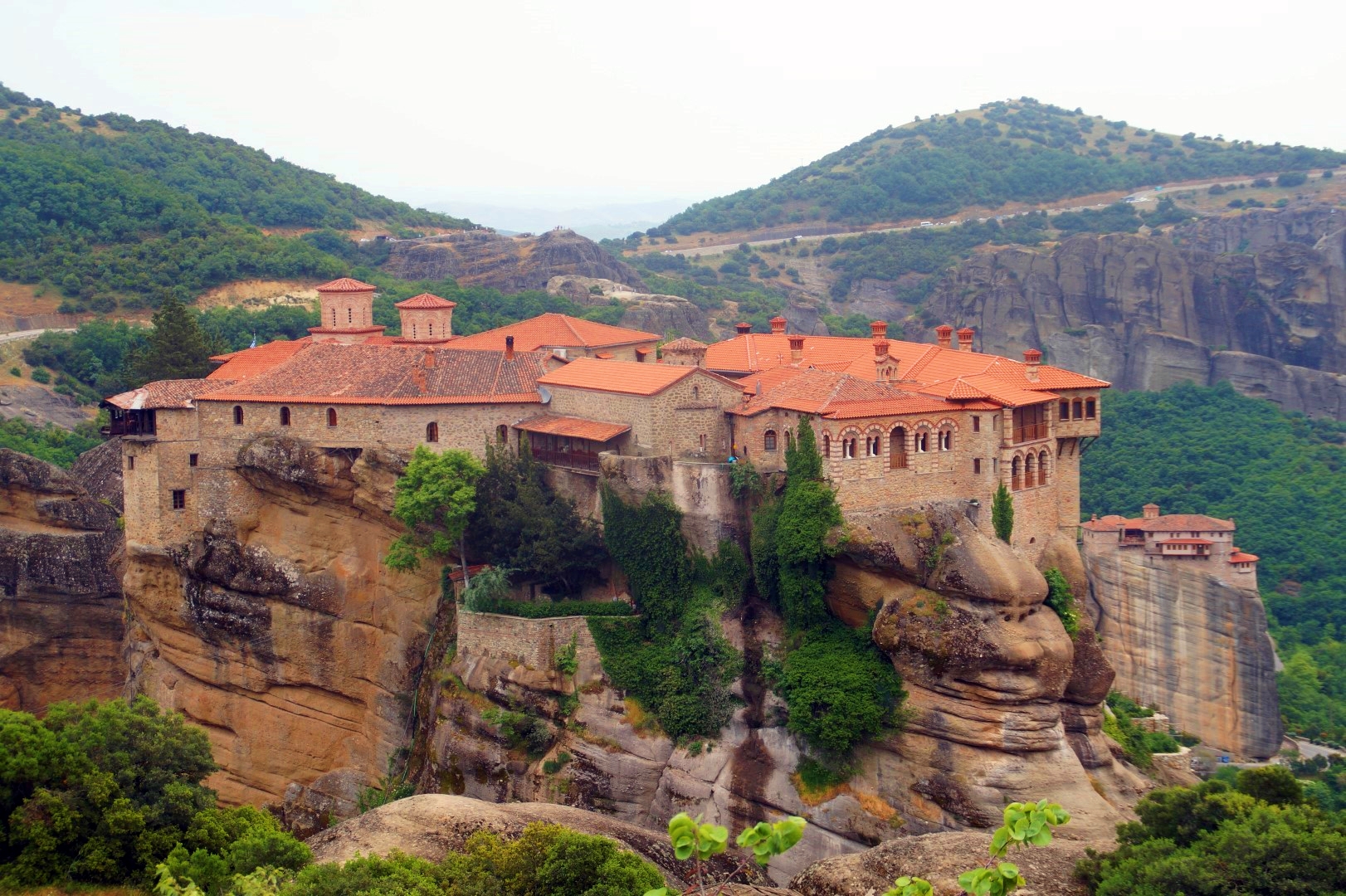


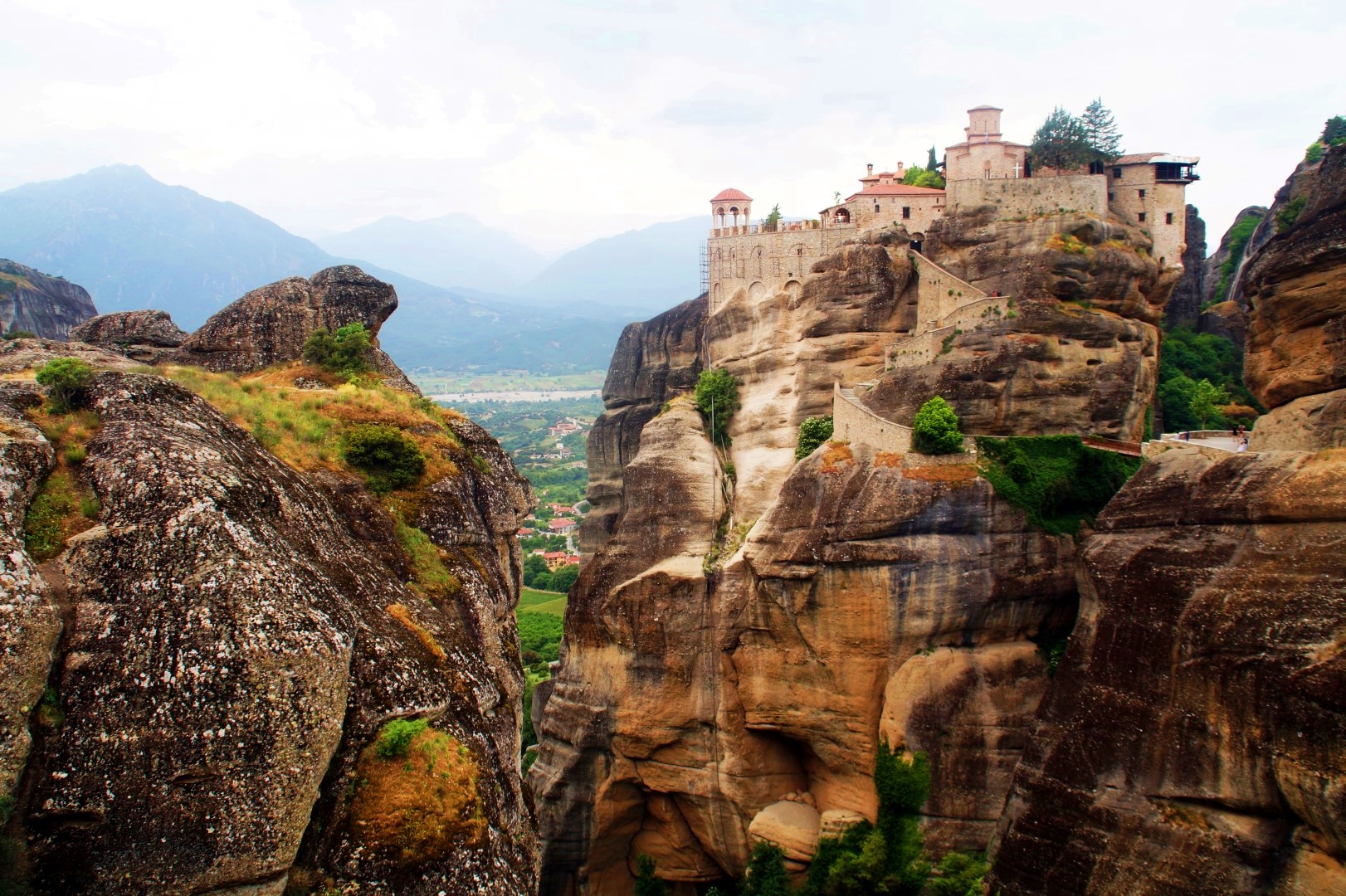
That night we stayed in Kalambaka, which is located right beside Meteora, so we had great views of the cliff formations for sunset and sunrise.
In Kalambaka, the plan was just to relax and eat some good food, but Thomas with all his incredible energy went on a sightseeing tour of the town and he found the most gorgeous church that he wanted to share with us, the Byzantine Church of the Assumption of Virgin Mary. The church dates from the 6th or 7th century, making it several centuries older than the monasteries of Meteora. This early Christian church is decorated with 11th century Byzantine frescoes and holds relics of an ancient Greek temple embedded in the walls.
Seeing that gem of a church was the perfect way to end a beautiful day that started and ended in my two favourite places in Greece, Delphi and Meteora.
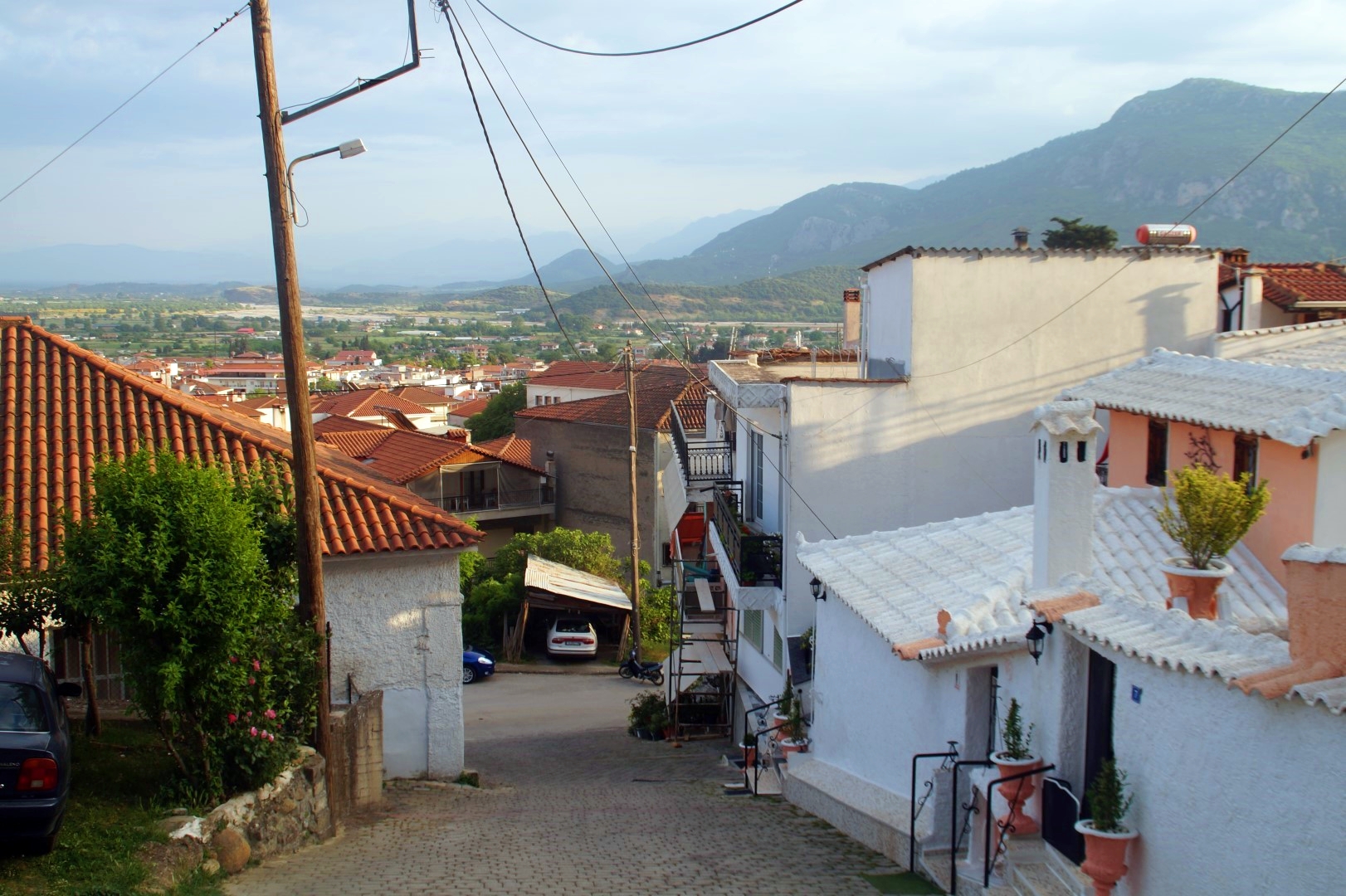



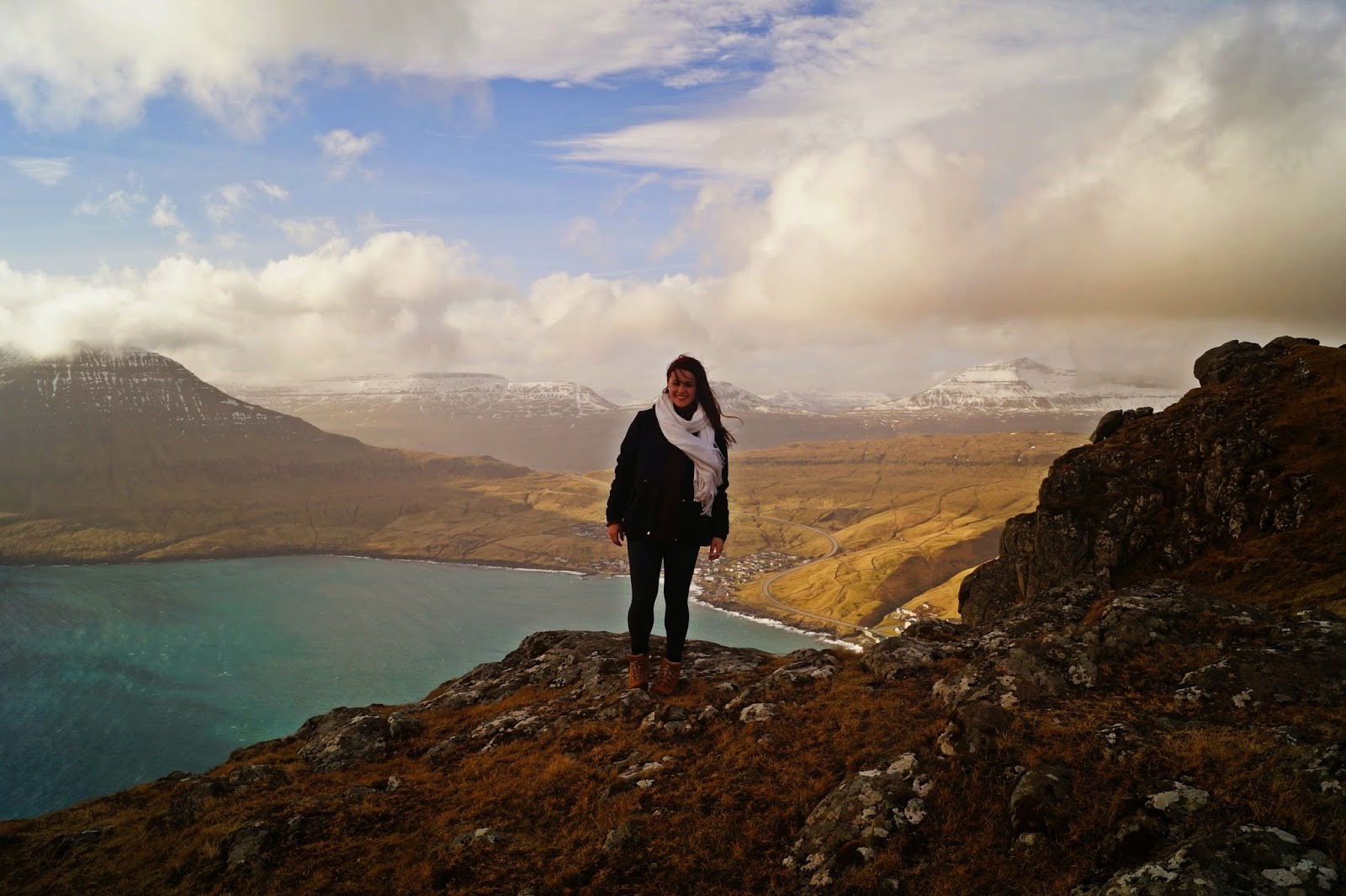
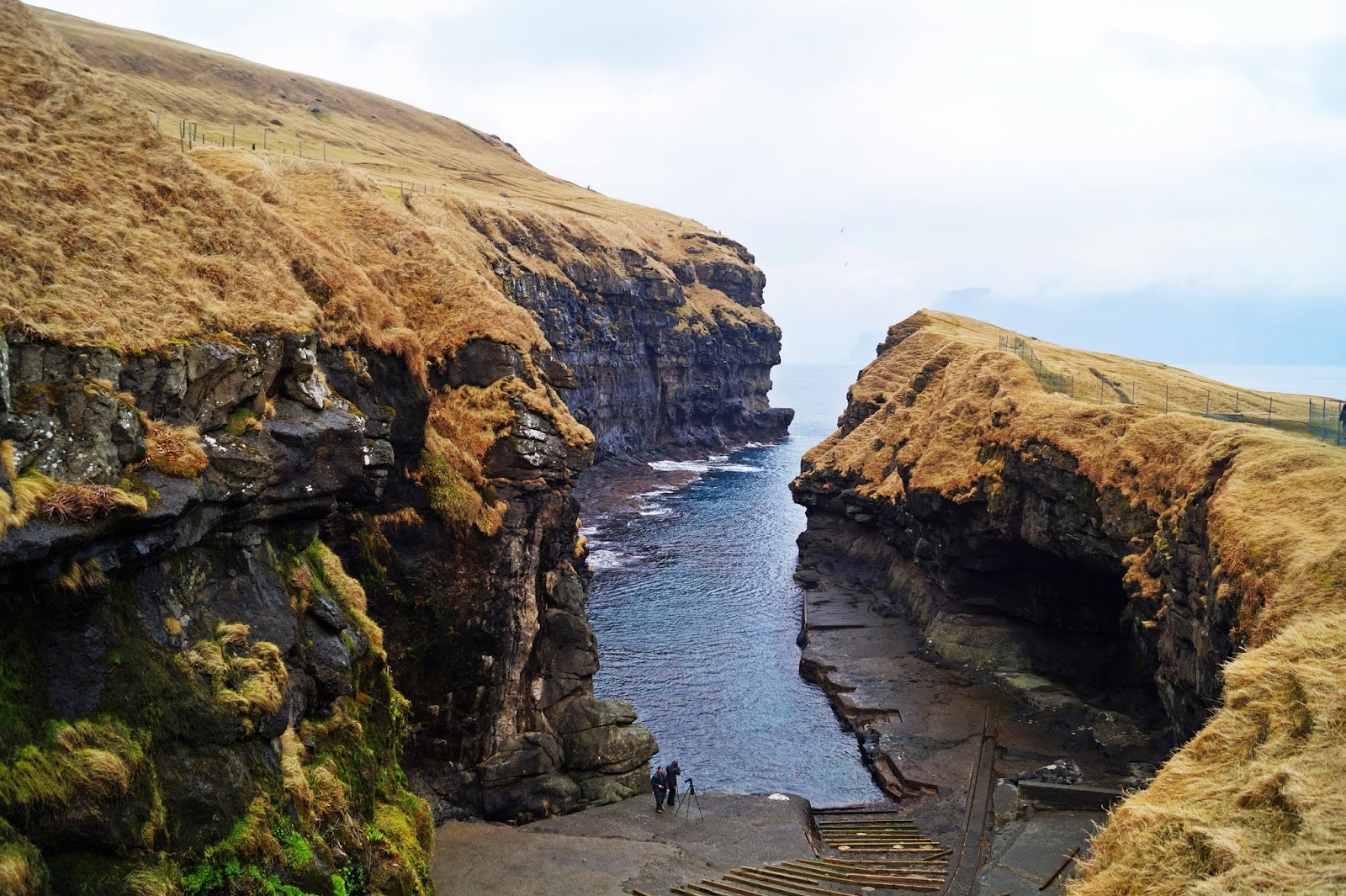
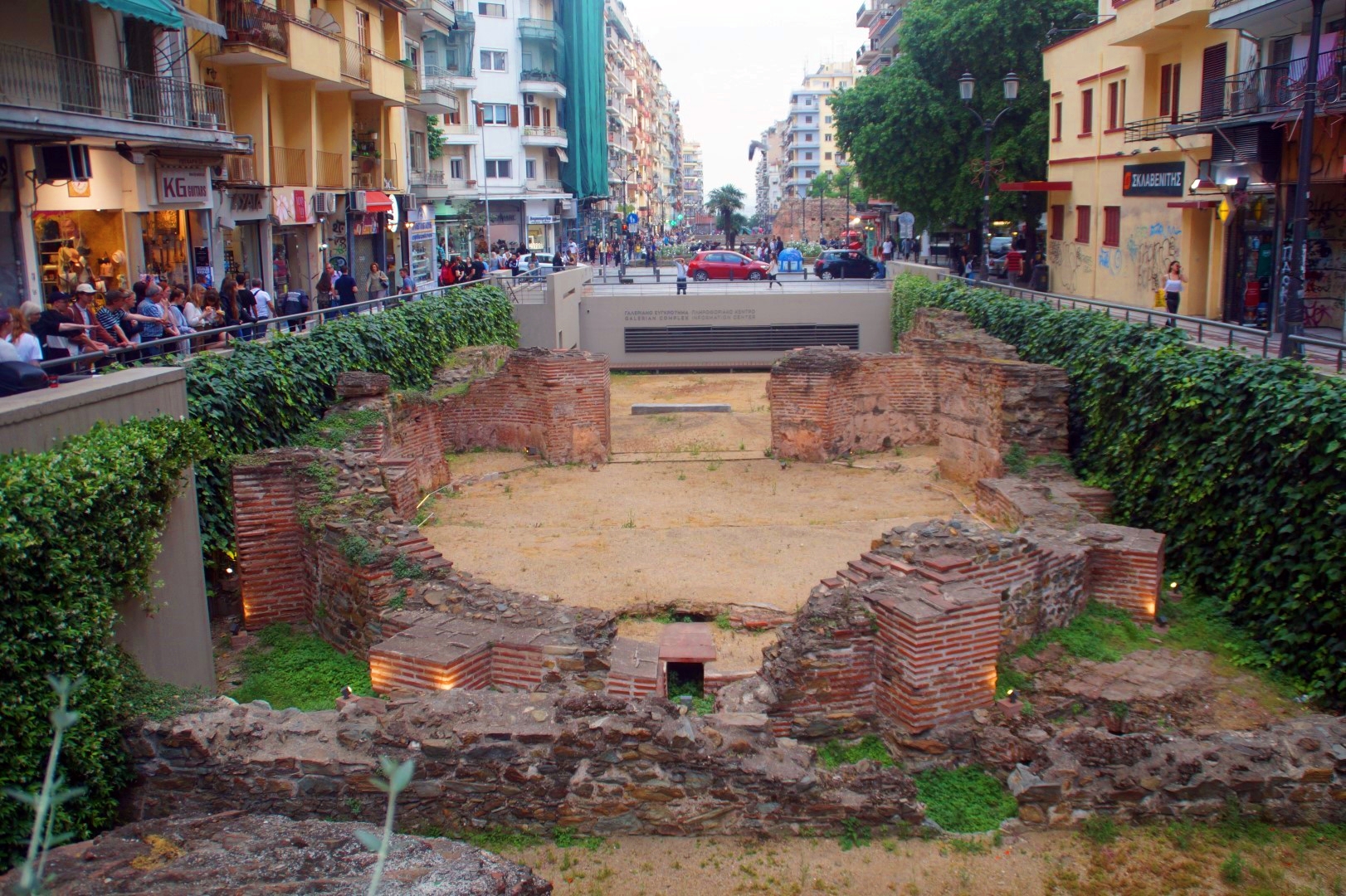
2 COMMENTS
Ann
7 years agoWow, you have the most interesting job in the world, Mel! I admire your passion to everything old and new as well! In love with your photography!
Melissa Cherry
7 years agoThanks dear Ann! I’m just in love with the world, like you are it seems 😀